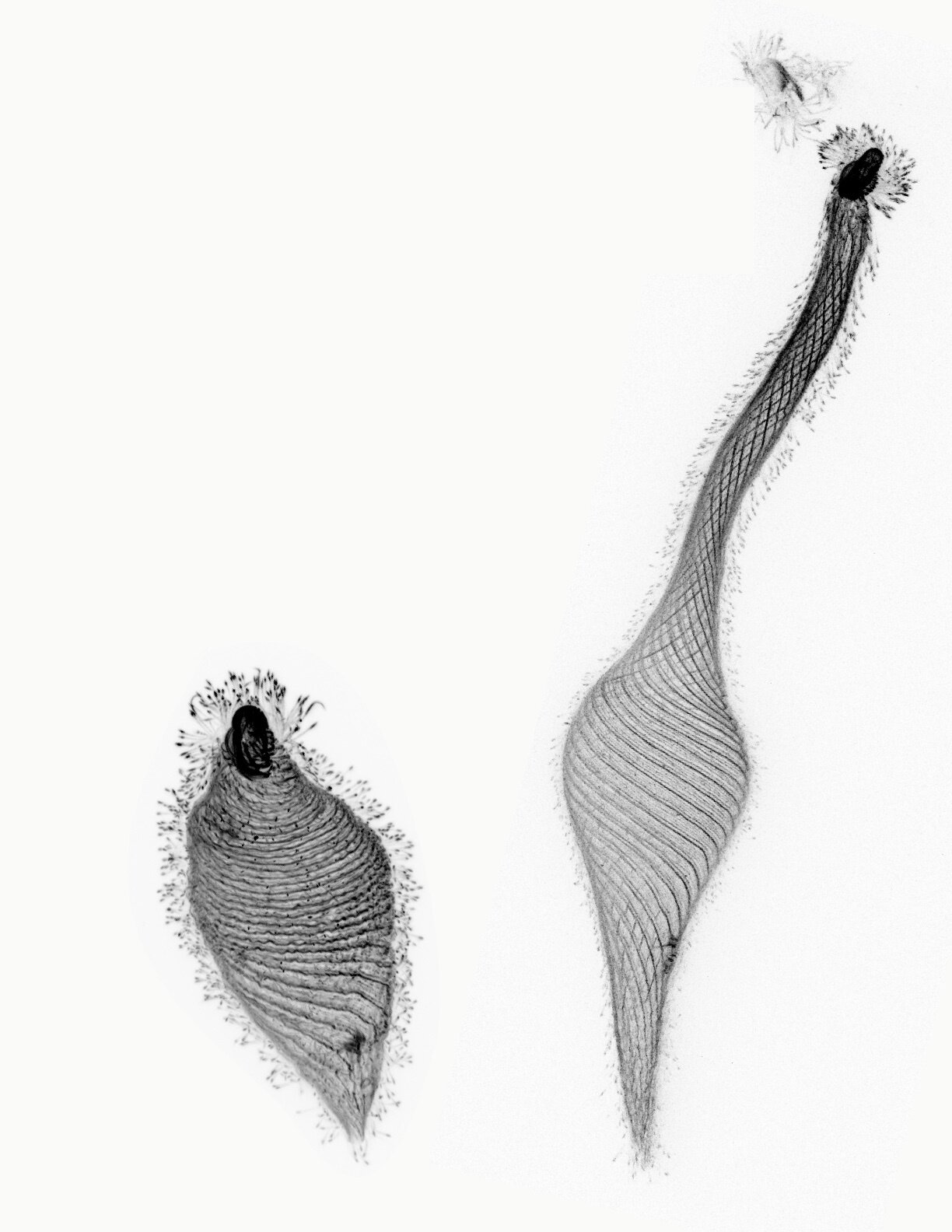Chemical & Engineering News (C&EN)
Chemical & Engineering News (C&EN) is a comprehensive and authoritative source of news on chemistry and related fields. With journalists based in the US, Europe, and Asia, C&EN provides breaking-news coverage, award-winning features, chemical safety practices, career guidance, and more. Published by the American Chemical Society since 1923, C&EN offers a suite of digital offerings alongside its weekly print magazine. Subscribers can access the content through the Chemistry News by C&EN mobile app or tailored newsletters. The site also features a diverse and inclusive environment for staff and readers, with an emphasis on transparency and editorial independence.
95%
The Daily's Verdict
This news site is known for its high journalistic standards. It strives to maintain neutrality and transparency in its reporting, and avoids conflicts of interest. It has a reputation for accuracy and rarely gets contradicted on major discrepancies in its reporting.
Bias
100%
Examples:
No current examples available.
Conflicts of Interest
100%
Examples:
No current examples available.
Contradictions
75%
Examples:
- Lacrymaria olor is a single-cell organism that can extend its neck up to seven times its body length.
- L. olor performs this projection and retraction 50,000 times without flaw during its lifetime.
- The cell can extend its 'neck' up to 1,500 microns or more out into the world and retract it just as quickly.
Deceptions
100%
Examples:
No current examples available.
Recent Articles
